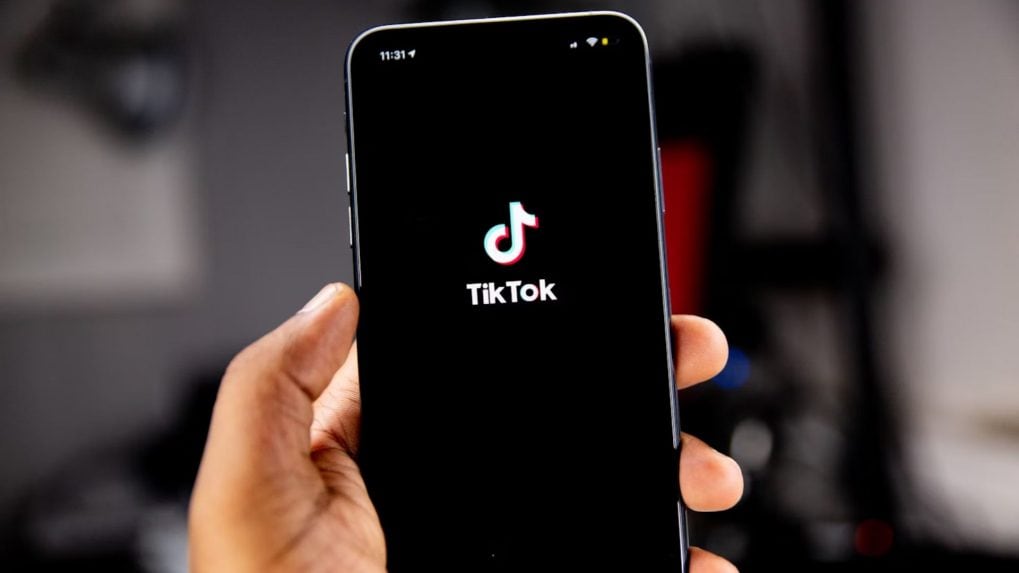Brand Makers
Dil Ka Jod Hai, Tootega Nahin

TikTok is introducing a new setting that will allow users to decide how much AI-generated content appears in their For You feed, marking a significant shift for an app once dominated by purely user-generated videos. Alongside this, the company is deploying more advanced technologies to label AI-created material more accurately.
The new AI-generated content control is being added to TikTok’s Manage Topics tool, which already enables users to refine their feed with categories such as dance, sport, and food and drinks. TikTok stated in a blog post that the AI content setting is designed to help users tailor the mix of material in their feed rather than remove or replace entire categories of posts. The update comes at a time when technology companies including Meta and OpenAI are embracing AI-only feeds; Meta recently launched Vibes, a stream for sharing AI-generated short videos, and OpenAI followed with Sora, a platform for creating and sharing AI-made clips.
Since the launch of Sora, highly realistic AI-generated videos have begun circulating widely on TikTok, with many creators also leveraging AI tools to illustrate content on subjects ranging from history to celebrity culture. With the new control, users who prefer less AI-generated material will be able to reduce its presence, while those who enjoy such content can opt to see more. The setting will be available under Settings > Content Preferences > Manage Topics, where sliders can be adjusted to regulate different categories, including AI-generated content. TikTok says the feature will roll out over the coming weeks.
To enhance its AI-labelling capabilities, TikTok is also trialling a technology known as invisible watermarking. The platform already requires users to label realistic AI-generated posts and relies on C2PA’s Content Credentials, a cross-industry standard that embeds metadata to indicate when content is AI-made. However, the company noted that these metadata tags can be stripped away when videos are edited or re-uploaded elsewhere. The new invisible watermark will provide an additional safeguard, acting as a hidden marker that only TikTok can detect, making it more resistant to removal.
TikTok will initially apply invisible watermarks to AI-generated content produced with its own tools, including AI Editor Pro, and to uploads that already carry C2PA Content Credentials. It will continue reading and reapplying C2PA metadata to AI-generated content created on its platform to ensure labelling remains consistent and reliable.
In a related move, TikTok has unveiled a $2 million AI literacy fund aimed at organisations such as Girls Who Code to support the creation of educational content that helps users better understand AI technologies and digital safety.
"The raucous, almost deafening, cuss words from the heartland that Piyush Pandey used with gay abandon turned things upside down in the old world order."
Read MoreFrom OpenAI’s ChatGPT-powered Atlas to Microsoft’s Copilot-enabled Edge, a new generation of AI-first browsers is transforming how people search, surf and interact online — and reshaping the future of digital advertising.